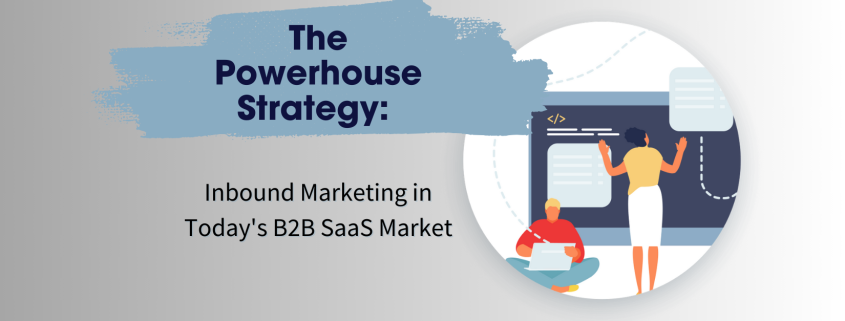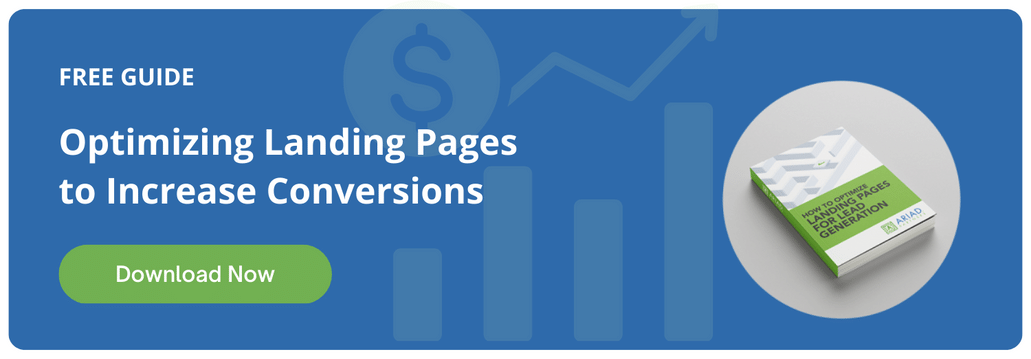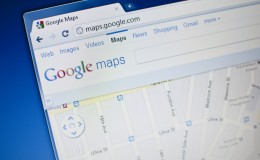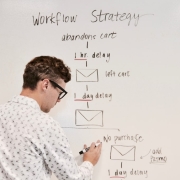Inbound Marketing Strategies That Help B2B SaaS Companies Scale
The B2B SaaS market continues to accelerate, but growth has become harder to sustain. Buyers are more informed, sales cycles are longer, and traditional outbound marketing is losing effectiveness. Instead of responding to cold outreach, today’s decision-makers prefer to research independently, compare solutions, and engage only when they feel confident.
That shift is why inbound marketing has become a core growth strategy for SaaS companies. Rather than interrupting potential customers, inbound marketing attracts them with relevant content, strong search visibility, and a full-funnel approach that supports the buyer journey from first touch to revenue.
What Inbound Marketing Means for B2B SaaS Companies
Inbound marketing is a customer-first model designed around how modern buyers actually behave. Instead of relying on outbound marketing tactics like cold calls or untargeted ads, SaaS inbound marketing focuses on educating prospects and earning trust.
For B2B SaaS organizations, this means combining:
- Strategic content creation
- Keyword research and SEO
- Email marketing and automation
- Sales funnel alignment
- Ongoing optimization based on performance data
The goal isn’t traffic for traffic’s sake. It’s generating qualified leads who understand your solution, value your expertise, and are already progressing through the buying process.
Building Credibility and Trust Through Content
Trust is the currency of B2B SaaS growth. Buyers want proof that you understand their industry, their challenges, and the outcomes they care about.
Inbound marketing gives SaaS companies a way to demonstrate credibility through:
- Educational blog posts
- Whitepapers and guides
- Webinars and demos
- Case studies and benchmarks
When your content consistently answers real questions and explains complex topics clearly, you position your brand as a trusted resource—not just another vendor. This trust significantly shortens sales cycles and improves close rates.
B2B SaaS Audience Segmentation Strategies That Drive Results
Personalization is where inbound marketing outperforms broad outbound campaigns. SaaS audiences aren’t uniform, and successful inbound programs reflect that reality.
Effective segmentation often includes:
- Industry or vertical
- Company size and growth stage
- Job role and decision-making authority
- Buying journey stage
- Engagement history and intent signals
By aligning content and email marketing with these segments, SaaS companies deliver information that feels relevant rather than generic. This relevance increases engagement, improves lead quality, and supports demand generation at scale, helping you improve marketing ROI.
How Inbound Marketing Supports Modern B2B Sales Cycles
B2B SaaS sales cycles are rarely linear or fast. Buyers research independently, loop back to earlier questions, and involve multiple stakeholders before committing.
Inbound marketing supports these extended sales funnels by:
- Delivering the right content at each stage
- Nurturing potential customers over time
- Reinforcing credibility before sales conversations begin
- Enabling smoother handoffs between marketing and sales
Instead of pushing prospects toward a rushed decision, inbound allows SaaS companies to guide buyers at their own pace—dramatically improving conversion rates.

The Role of SEO and Organic Demand in SaaS Growth
Search remains one of the most powerful inbound channels for SaaS companies. Buyers actively search for solutions, comparisons, and best practices long before they speak with sales.
Strong organic SEO inbound programs prioritize:
- Intent-focused keyword research
- Content optimized for real questions, not just rankings
- Long-form pages that address full topics
- Continuous optimization based on search performance
Unlike paid ads, organic demand compounds over time. A single high-quality page can generate qualified leads for years, supporting performance marketing goals without volatile ad spend.
Organic Demand vs Traffic Volume in SaaS Marketing
More traffic does not automatically mean more revenue. In fact, high-volume traffic often creates noise without improving pipeline quality.
Inbound marketing shifts the focus to:
- Attracting the right buyers, not all buyers
- Supporting full-funnel engagement
- Improving conversion efficiency
- Generating sales-ready opportunities
This quality-first approach leads to more predictable growth and stronger ROI for SaaS companies focused on long-term success.
Data-Driven Optimization and Continuous Improvement
Inbound marketing thrives on insight. Every interaction—page views, clicks, email engagement, conversions—feeds data back into your strategy.
High-performing SaaS teams use inbound data to:
- Refine messaging and positioning
- Improve lead generation paths
- Optimize content performance
- Align marketing and revenue goals
By treating inbound as an evolving system instead of a static campaign, companies maintain relevance even as markets change.
Why Inbound Marketing Continues to Win for B2B SaaS
Inbound marketing aligns with how modern B2B buyers think, research, and decide. It replaces interruption with value, volume with relevance, and short-term tactics with sustainable growth.
For SaaS companies competing in crowded markets, inbound is no longer optional—it’s foundational.
Want to Convert More Website Traffic Into Qualified Leads?
Download our guide to building high-converting landing pages and learn how SaaS companies turn inbound traffic into real pipeline—without increasing ad spend.









